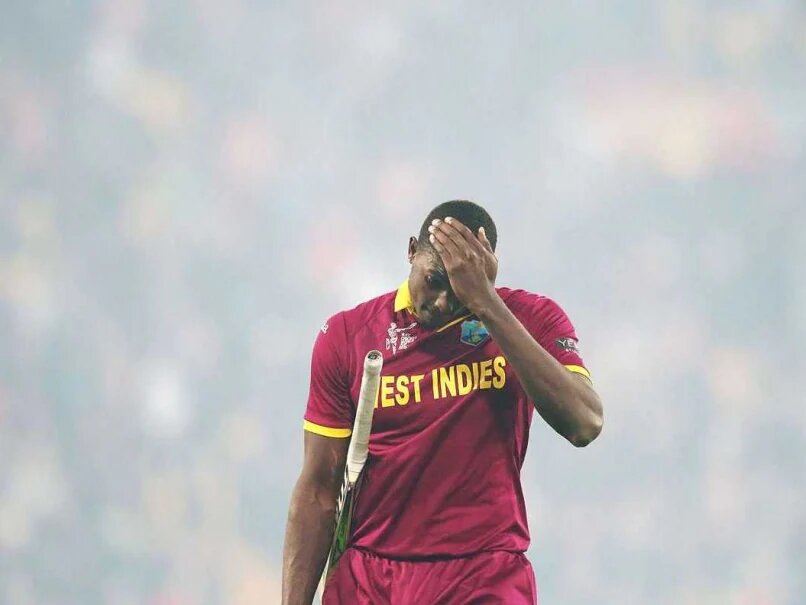
Yorkshire Man Duncan Fearnley, who passed away at the age of 83, has a special place in Worcestershire County Cricket Club history.
In addition to being a reliable opening batsman and a part of the 1964 County Championship winning squad, he also went on to become the club’s chairman during its most prosperous era. Furthermore, he was regarded as a craftsman of exceptional cricket bats, walking with the gods of the game.
Fearnley bats were used by cricket greats such as Sunil Gavaskar of India, Viv Richards of the West Indies, Grahame Pollock of South Africa, Ian Botham of England, and Allan Border of Australia. When run records were set, their iconic three-black stumps logo became a common sight on cricket grounds all over the world.
In the 1981 Ashes match between Australia and England, Botham made history by using his Duncan Fearnley bat to devastating effect. He scored 399 runs, including a thrilling 149 not out at Headingley.
The acting chairman of the Worcestershire County Cricket Club, Paul Pridgeon, expressed his sorrow over Duncan’s departure.
“He made incalculable contributions to the club as a player, administrator, and ardent fan.
“He left an enduring impression on Worcestershire CCC as the club’s heart and soul.We shall never forget his great affection for the club and his legacy as a bat builder.
“Everyone associated with the club will deeply mourn the passing of a genuine cricket legend.”
Former club secretary Mike Vockins added: “Soon after I joined Worcestershire in 1971, Duncan was asked to captain the Second XI and help develop the young up-and-coming players.
“His enthusiasm, love of the game, and determination it should be played in the right way rubbed off on those youngsters and instilled in them the Worcestershire way of playing. And all this alongside his bat-making
and going on to be probably the best bat-maker in the world.
“Then latterly came his time as a committee member, and notably his twelve years as chairman of the committee. It was a markedly successful time for the club – when, under Phil Neale’s captaincy, we won six titles in five seasons – and Duncan’s drive and enthusiasm contributed much. Working with him in this period was exciting!”
Duncan Fearnley was born in Pudsey, Yorkshire, a left-handed bat, he played for England Schoolboys but failed to graduate beyond Yorkshire 2nds.
Like many others over the years, he had to leave the white rose county and found a home for life in Worcestershire.
He enjoyed modest success, averaging 20 in 97 first-class matches from 1962–68 and played 22 times in the 1964 Championship-winning side, making four half-centuries.
In 1969 he went to Lincolnshire to play in the Minor Counties, then returned to New Road to be captain of Worcestershire 2nds in 1972, having played two List A matches for the 1st XI the season before.
Perhaps realising he was never going to be a superstar, during the winters he made bats to supplement his income. It was in the genes: his father was a woodwork teacher and his grandfather a cabinet maker who worked alongside the grandfather of Ray Illingworth, a Yorkshire CCC legend and England captain.
The young Duncan had gained an apprenticeship with batmakers Fred Clough and Les Ward in Drighlington, Bradford and after his father gave him the tools, he began making his own brand of bats, Tudor Rose, before changing the name to Fearnley of Farsley.
He introduced the signature three black wickets, the first time a
logo like that had been used to replace ink stampings.
In 1968 he opened a shop in Sansome Place, Worcester, telling an interviewer: “I gathered some equipment together and that way I could make bats in the winter and play in the summer.
“Me and a few friends used them and that’s how it started. By the time Worcestershire didn’t extend my contract I knew if I got stuck in then there was no stopping me.”
Ironically, one of the first famous cricketers to use a Fearnley bat was England fast bowler John Snow, who habitually batted last man in. Duncan added: “”John, who was a bit of a character, said: ‘If you stick it on the back of my bat, I’ll use it’. The next time he walked out in a Test he slung his bat over his shoulder so everyone could see the design. It was a brilliant feeling. After that my wife cut out the first 4,000 by hand and I stuck it on everything.”
Basil D’Oliveira of Worcestershire and Dennis Amiss of Warwickshire soon followed and by the early 1980s, Fearnley had become the dominant market brand throughout the world.
At the time many top international cricketers were using or wearing the three-wicket symbol. However, during the 1990s the marketplace
changed, with many smaller brands developing cricket bat production started to move overseas.
Fearnley firmly resisted this trend and cut production accordingly, still concentrating on totally hand-crafted bats in its Worcester factory which still produces up to 5,000 bats every year.
When his playing days were over, Duncan Fearnley’s dedication to Worcestershire CC was unwavering.
In 1986, he was named chairman, leading the club through a golden era that included two County Championship titles, two Sunday League
titles, the Refuge Assurance Cup, the Benson and Hedges Cup, and the NatWest Trophy over a period of just twelve years.
His tenure as club president from 2011 to 2013, followed by his election as an honorary vice-president, were sources of immense pride for him.
Duncan Fearnley is survived by his wife Mary, son Paul, daughter Louise and their families. A service of thanksgiving is due to be held in Worcester Cathedral after Easter.
Leave a Reply